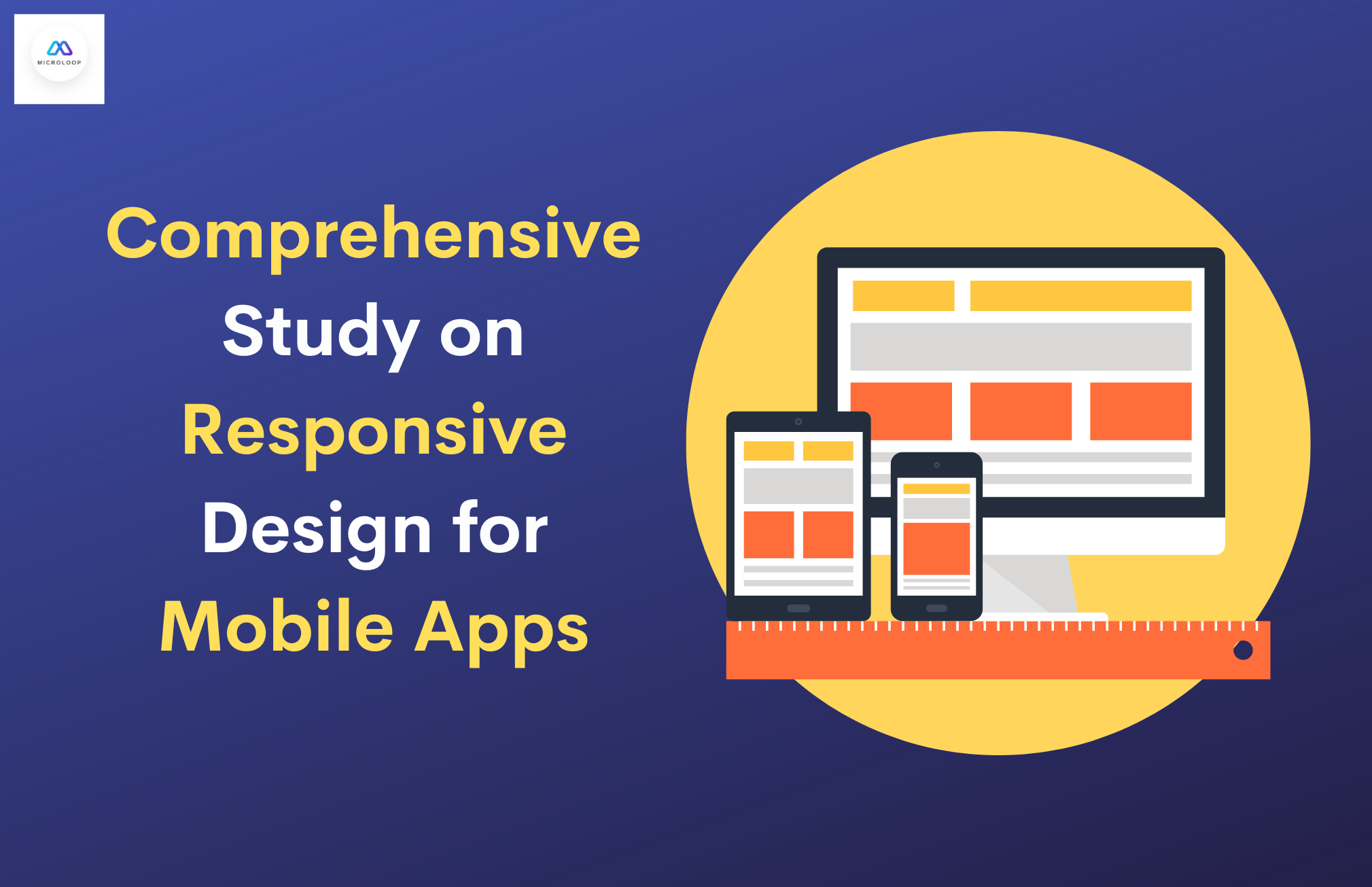
Close


Responsive mobile app services have become quite popular and demanding in recent years. Why so?
Mobile user boom
Mobile users have increased over the past decade, and marketers have shifted their focus from desktop to mobile screens.
There are two types of mobile app services.
One is Android, and the other one is iOS. So, make sure that before you hire a developer, you decide which type of operating system you need to develop the responsive design.
Choosing the right service provider
With the diversity in users, markets often focus on building the app design for iOS and Android. There are numerous responsive mobile app service providers in Australia. Make sure to select the best one that aligns with your brand's vision.
In this blog, we will help you draw your attention to what responsive design for mobile apps is, its importance, and essential features that one should pay attention to while drafting the plan.
A responsive design for mobile apps refers to a plan capable of adapting the content based on the device it is being viewed on. The layout and design of a website are created keeping in mind the user's experience that is easy to use and scroll through. Below are some of the responsive mobile app services, offered by Micro loop, Australia:
Responsive mobile apps feature fluid and adaptable layouts, making them flexible to various screen sizes and resolutions.
Brands ensure the content is formatted for readability and usability on a small screen. Adjustments to font sizes, spaces, and navigation are adjusted to enhance the user experience on mobile devices.
Responsive mobile app service includes strategies for efficient content loading. This involves minimizing the size of the files and optimizing codes to facilitate access to content and crawl from one page to another.
Mobile responsive designs often yield better results in terms of SEO when compared to desktop responsive designs. They have been shown to improve rankings in search engine results, particularly on platforms like Google, while providing an enhanced user experience for Google algorithms.
For a layman, responsive mobile app services refer to strategies employed in development to create applications that adapt seamlessly to various devices, screen sizes, and orientations. The responsive mobile app's primary goal is to ensure that the app provides an optimal user experience across a wide range of handy devices.
There are a few aspects of mobile app services:
To deliver visually appealing and user-friendly responsive mobile app services, you need to adjust and reorganize elements to fit the screen size and resolution of the user's device.
To make sure your investment in mobile app services is fruitful, you need to ensure that the app is developed across both platforms and optimized using a single codebase. This will automatically save time and resources for a company.
At Microloop, we make sure to design UI according to the screens where elements such as buttons, icons and navigation are designed in such a way that users can easily connect and interact easily.
Images, videos and other media are set in such a way that they are perfect for screen resolution and the users do not face any problem while going through them.
Responsive design for mobile apps is essential because it enhances user engagement, attracts more visitors, and ultimately boosts conversions. We will study in depth the crucial role of the brand:
The main reason behind the increase in bounce rate is because of non responsive design and the difficulty in navigating through an app. To overcome this, the role of responsive design for mobile apps comes into the picture.
The more engaging and user-friendly the responsive design, the lower the bounce rate.
So, next time, make sure that the app created is both responsive and engaging at the same time.
The chances of conversion in responsive design for mobile apps are higher than for desktops. Keeping this in mind, marketers make sure to keep users engaged on their mobile apps, leading to higher conversion rates. Improved conversions indirectly increase sales and brand awareness among the target audience.
As we saw above, the higher conversion rate was because of the responsive mobile design, which will indirectly hit more traffic for the brand. This is because users will find what they were looking for and will be re-visiting the brand's website and spreading positive word of mouth, a part of traditional marketing tools.
A small tip: make sure that the generated traffic is handled through planning various marketing strategies such as retention and working towards making responsive mobile app applications more engaging.
What does improved user experience mean for you? For us, users can navigate your website without getting lost.
But to ensure optimal user experience, you must avail of responsive mobile app services from recognized providers.
Microloop IT Solution will provide you with a responsive design for mobile apps that will fetch you the results you were looking for while building mobile apps for your brand.
To sum up, we explored how to get optimized, responsive mobile app services to benefit your brand and bring you a higher conversion rate. Factors such as an increase in conversion rate and lower bounce rates play an important role in successfully creating responsive mobile apps for any brand.
At Microloop IT Solution, Australia, it's all about delivering 360-degree responsive design for mobile apps, providing services such as cross-platform development targeting customers that align with your brand goals.